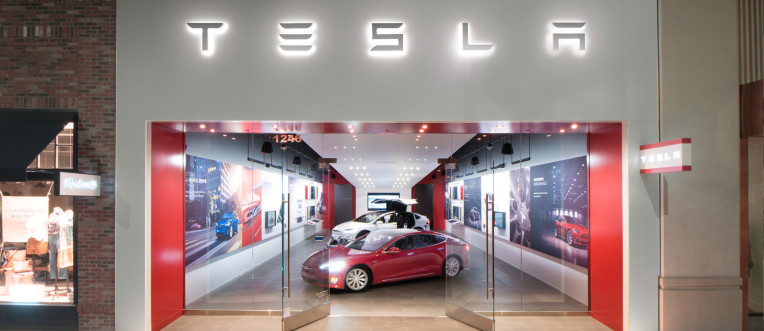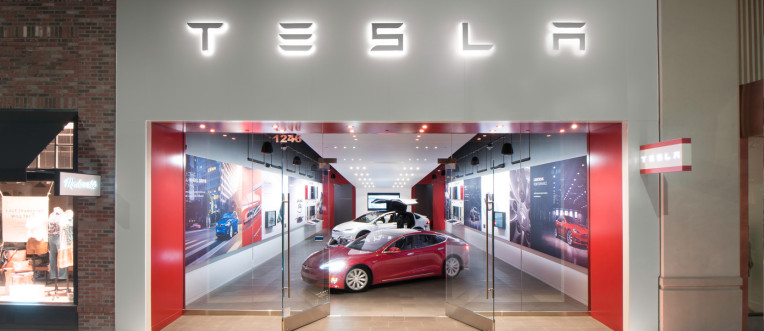
It wouldn’t be Tesla if it didn’t keep us guessing a little… Electric car company Tesla is making a u-turn of sorts with its sales strategy. After its announcement at the end of February that it would close down nearly all of its retail stores, which numbered 398 as of Q4, to sell its cars online-only in an effort to bring down the costs of vehicles, today Tesla said that it would, in fact, keep an expanded number of showrooms open, reducing the closures to around half of the total number it has today.
In return, it will be hiking the prices of its more expensive vehicles up by three percent to help support that. “Potential Tesla owners will have a week to place their order before prices rise, so current prices are valid until March 18th,” it noted, adding that the $35,000 Model 3 will not see a price increase. It will only apply to “the more expensive variants of Model 3, as well as Model S and X.”
(As background, when it announced the closures, Tesla reduced prices on these vehicles by six percent, so this is effectively a rise on that discount.)
The locations that will stay open, it should be noted, will be only showrooms: Tesla said it will still only sell cars online.
“Over the past two weeks we have been closely evaluating every single Tesla retail location, and we have decided to keep significantly more stores open than previously announced as we continue to evaluate them over the course of several months,” the company said in a statement late Sunday.
The company closed 10 percent of locations in recent weeks, selecting stores “that didn’t invite the natural foot traffic our stores have always been designed for.” Tesla said that those stores will remain closed, but a further selection of “high visibility” locations — it has a lot of stores in shopping malls and other places where it might pick up incidental traffic alongside those coming specifically with a purpose to see about a Tesla — which hadn’t been meeting sales targets, will now stay open.
A store by any other name
Tesla didn’t give details about how many stores will see a reversal of fortunes, or how many overall will be spared, except to note that about half will stay open.
The stores that have been designated to stay open at this point will have “smaller Tesla crews”, as they will operate more as showrooms, giving information but not selling anything, with people redirected to their phones to make transactions.
It’s sort of a semantic argument, whether these will really still be stores or not. Yes, it’s not clear if would-be buyers will be able to make those purchases at kiosks in stores (it seems like a wasted opportunity if they can’t, given cart abandonment that persists in online shopping). But they will be able to buy using their smartphones: “Tesla owners coming in to stores will simply be shown how to order a Tesla on their phone in a few minutes.”
Further to this, buyers might be just as likely to drive away with a car as they have been in the past: “Stores will also carry a small number of cars in inventory for customers who wish to drive away with a Tesla immediately,” Tesla notes.
On top of the stores that have had an immediate stay of execution, it appears that the company is introducing a kind of stack ranking to figure out what to do next, where it will monitor how they perform to figure out which should stay and which should go. “There are another 20 percent of locations that are under review, and depending on their effectiveness over the next few months, some will be closed and some will remain open,” the company noted.
The company has been under scrutiny and accusations of stack ranking in the past when reducing its workforce. It has made several rounds of layoffs in the last year in an effort to bring the company to profitability and conserve costs as it focused on getting newer models out into the market — underscoring just how complicated the economies of scale can be for anything but the very biggest automakers, and how that compounds when the new entrant is working a disruptive variety of vehicle to boot.
No changes with today’s news to Tesla’s return policy, which covers 1,000 miles or seven days, whichever comes first, as a bypass on offering test drives.

